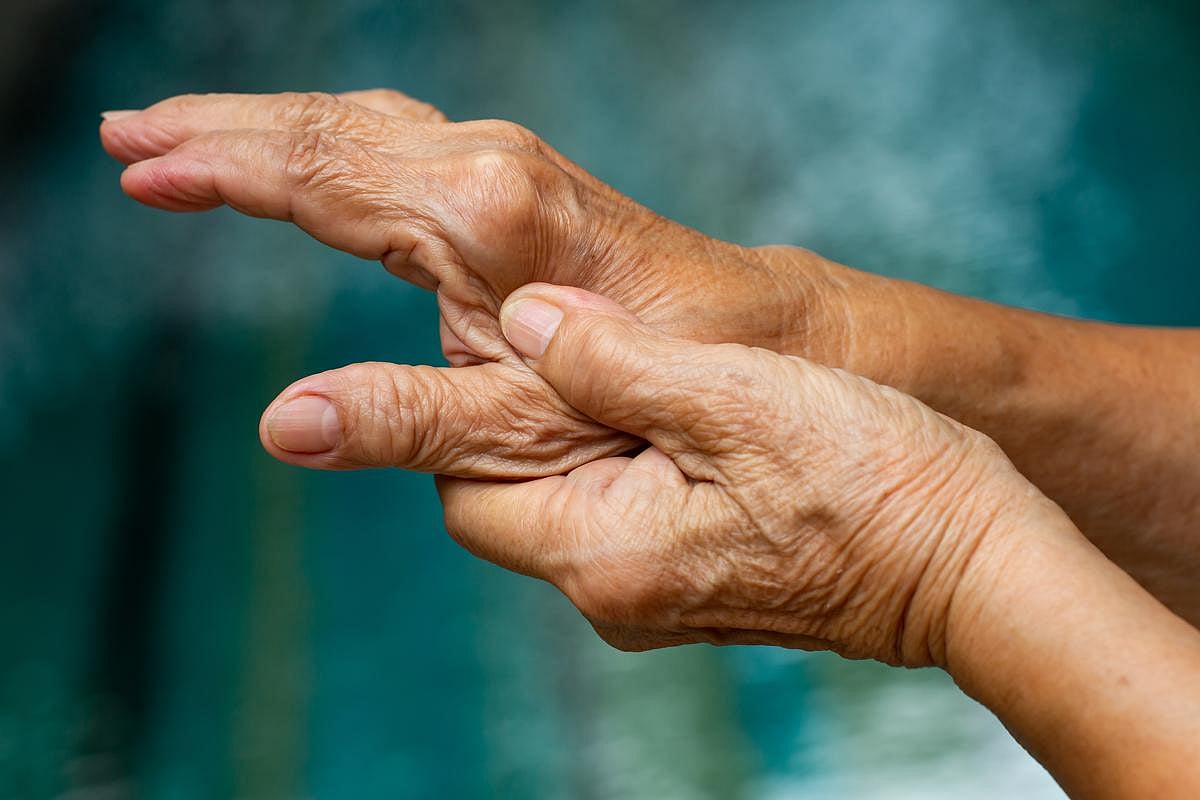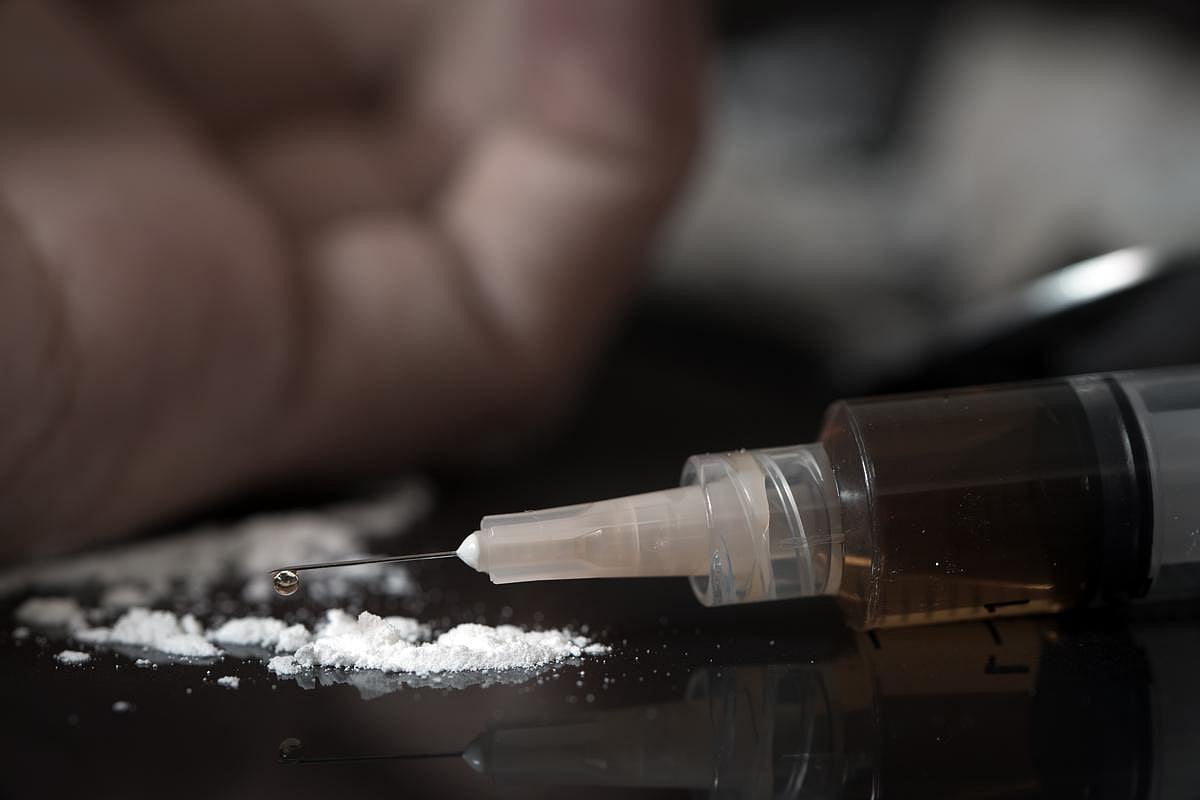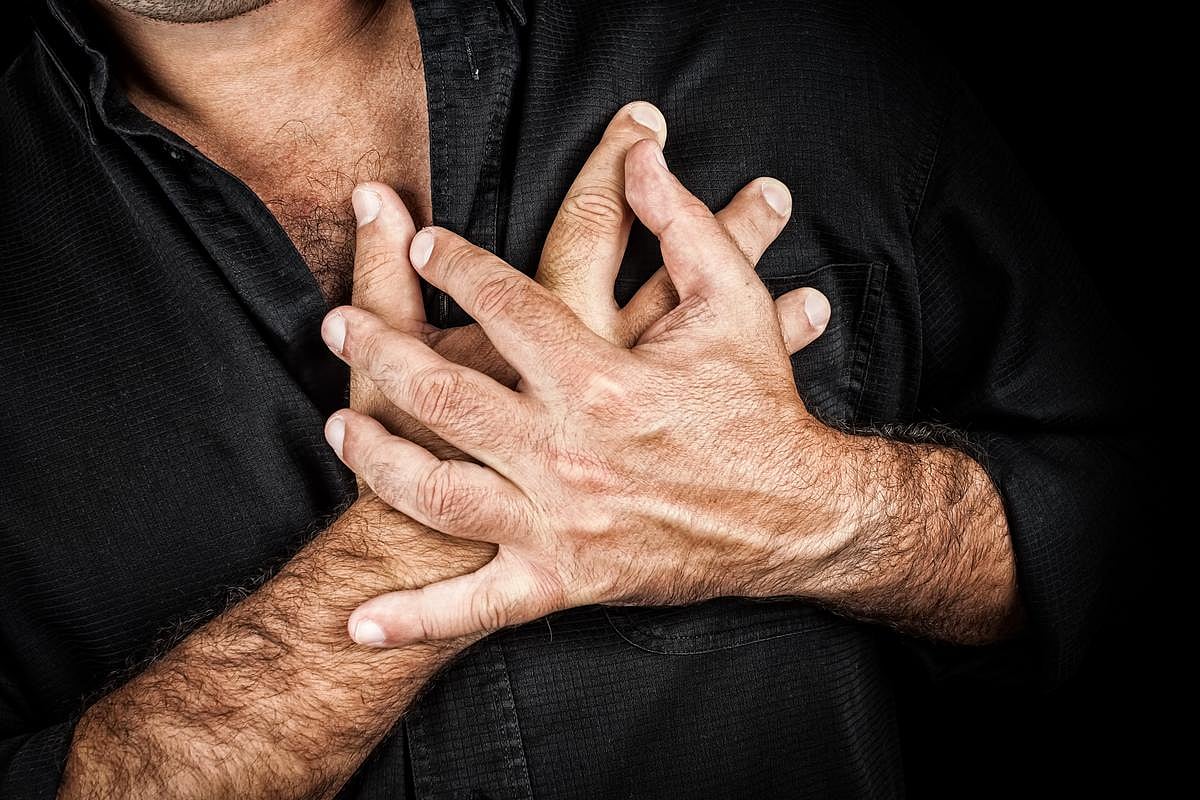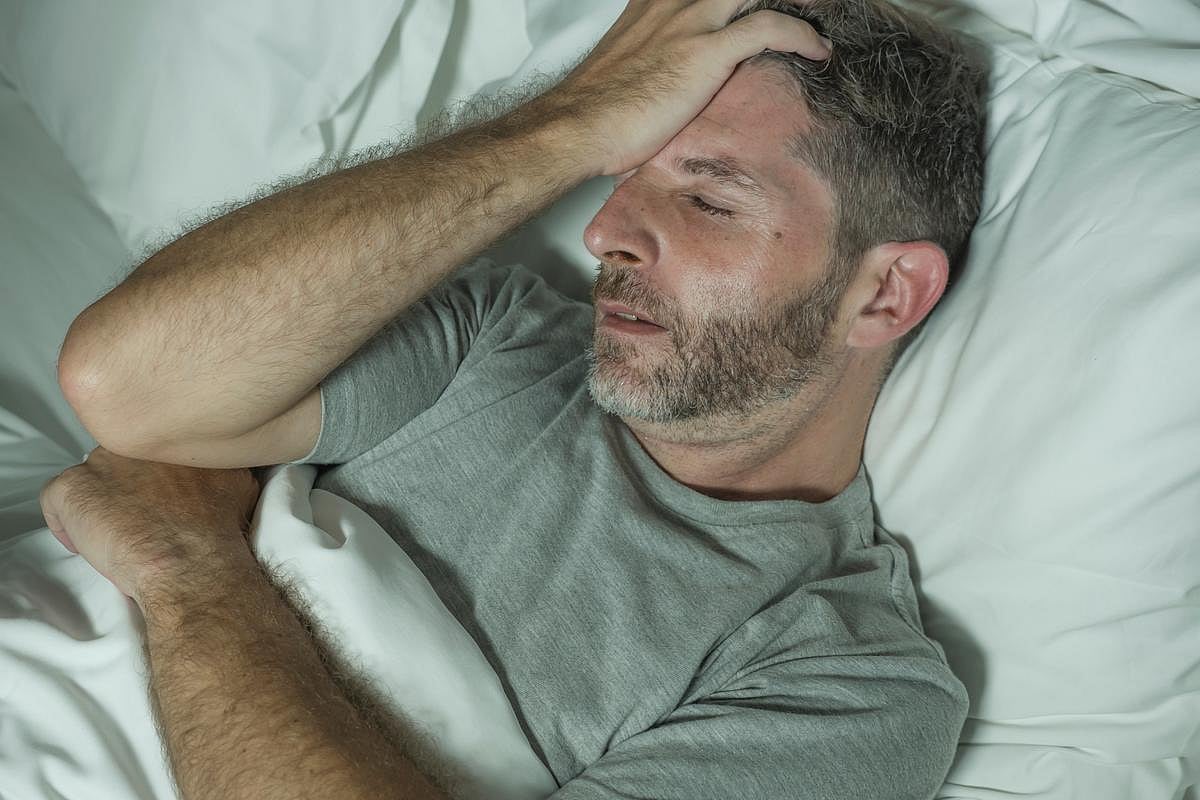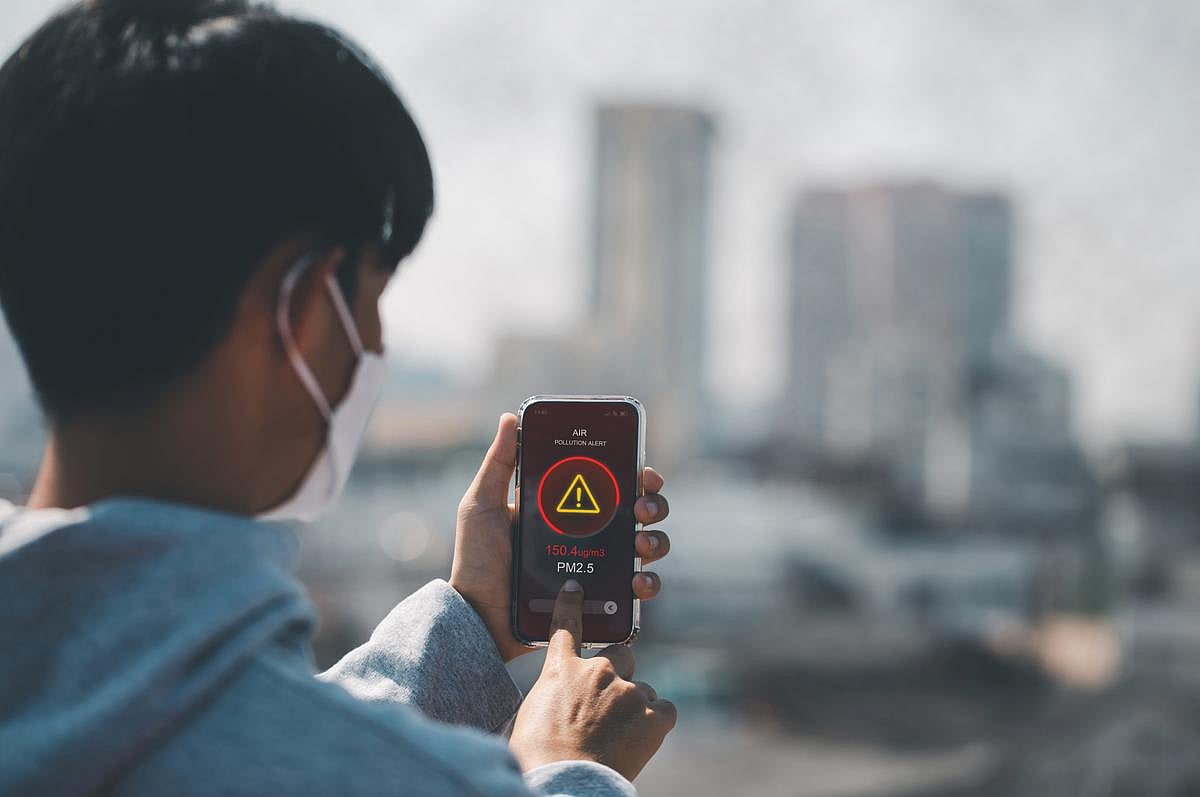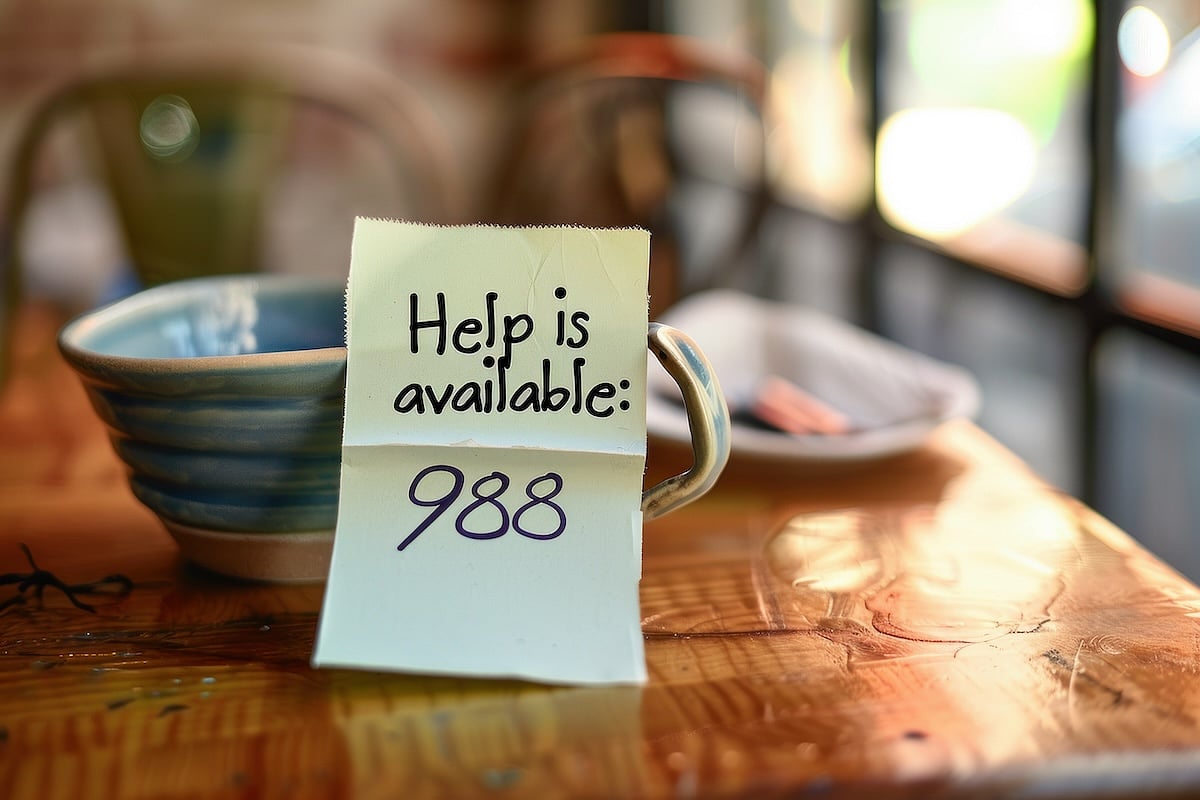Get Healthy!
Staying informed is also a great way to stay healthy. Keep up-to-date with all the latest health news here.
21 Jan
Mixing Up Your Exercise Routine May Help You Live Longer
A new study finds engaging in a wide range of physical activities may lower your risk of death more than doing the same thing over and over again.
20 Jan
Why Parents Are Easing Up on Kids’ Swearing
A new national poll finds only about half of parents now say kids should never swear, and more than a third say it depends on the situation.
19 Jan
Major Evidence Review Finds No Link Between Tylenol During Pregnancy and Autism or ADHD
A review of 43 high-quality studies involving hundreds of thousands of children finds no evidence that taking acetaminophen during pregnancy increases a child’s risk for autism, ADHD or intellectual disability.
Fluoridated Water Doesn't Affect Birth Weights, Study Finds
There’s no link between fluoridated water and lower birth weights for newborns, a large-scale U.S. study has concluded.
The results refute allegations that community water fluoridation harms fetal development, researchers wrote Jan. 20 in JAMA Network Open.
“Our findings provide reassurance about the safety of co...
- Dennis Thompson HealthDay Reporter
- |
- January 22, 2026
- |
- Full Page
Advance Treatment Can Delay Onset Of Rheumatoid Arthritis By Years, Trial Data Show
People can delay rheumatoid arthritis (RA) for several years by receiving treatment in advance using a long-standing biologic drug, a clinical trial found.
People receiving a year of abatacept (Orencia) injections had onset of rheumatoid arthritis postponed by up to four years, researchers reported Jan. 20 in The Lancet Rheumatology
- Dennis Thompson HealthDay Reporter
- |
- January 22, 2026
- |
- Full Page
Spending A Lot Of Time With AI Chatbots? You've A Higher Risk For Depression, Study Finds
Do you find yourself spending hours chatting with AI programs like ChatGPT, Microsoft Copilot, Google Gemini, Claude or DeepSeek?
Odds are you might be suffering from depression.
People who use AI chatbots daily are about 30% more likely to have at least moderate levels of depression, researchers reported Jan. 21 in JAMA Network ...
- Dennis Thompson HealthDay Reporter
- |
- January 22, 2026
- |
- Full Page
Pharma Companies Share Blame For Opioid OD Deaths, Majority Says
Americans might be severely divided these days, but a new study says there’s one thing everyone agrees on.
Nearly 9 out of 10 U.S. adults view opioid overdose deaths as a very serious problem, with high agreement across the political spectrum, researchers reported in JAMA Network Open.
A majority of Americans are...
- Dennis Thompson HealthDay Reporter
- |
- January 22, 2026
- |
- Full Page
Heart Disease, Stroke Are Top U.S. Killers, Report Says
Heart disease and stroke are America’s top killers, a new American Heart Association (AHA) report says.
Together, heart disease and stroke accounted for more than a quarter of all deaths in the United States in 2023, according to the 2026 Heart Disease and Stroke Statistics report.
Heart disease was linked to 22% of U....
- Dennis Thompson HealthDay Reporter
- |
- January 22, 2026
- |
- Full Page
GLP-1 Medications: A Comprehensive Overview
With more studies emerging, GLP-1 and dual GIP/GLP-1 medications have become well-established options for those with obesity or type 2 diabetes.
These treatments can positively affect appetite, metabolism and overall cardiometabolic health, offering a meaningful approach to long-term management for the two diseases.
How GLP-...
- Reema?Dbouk, MD, FACP, Assistant Professor of Medicine at Emory University School of Medicine HealthDay Reporter
- |
- January 22, 2026
- |
- Full Page
Why Your Brain Drifts After a Bad Night’s Sleep, Scientists Explain
Ever notice how hard it is to stay sharp after a rough night of sleep?
A recent study published in the journal Nature Neuroscience points to a surprising reason why: The brain may briefly shift into a sleep-like cleaning mode, even while you’re awake.
Researchers at the Massachusetts Institute of Technology (MIT)...
- I. Edwards HealthDay Reporter
- |
- January 21, 2026
- |
- Full Page
Your Nose May Decide How Bad Your Cold Gets, Study Finds
WEDNESDAY, Jan. 21, 2026 (HealthDay News) — Why does a cold virus knock some people flat while others barely feel it?
A new study suggests the answer may come down to what happens inside your snoot.
Researchers found that how cells in the nasal passages respond to rhinovirus, the most common cause of a cold, helps decide ...
- I. Edwards HealthDay Reporter
- |
- January 21, 2026
- |
- Full Page
Wildfire Smoke During Pregnancy May Raise Autism Risk, Study Finds
Women who breathe wildfire smoke during pregnancy, especially in late stages, may put their offspring at greater risk of autism, a new study of California births suggests.
Researchers found that exposure during the third trimester, when the fetus’ brain grows rapidly, was linked to a higher chance of an autism diagnosis in childhood....
- I. Edwards HealthDay Reporter
- |
- January 21, 2026
- |
- Full Page
Measles Outbreak Reaches Clemson Campus as South Carolina Cases Surge
South Carolina’s fast-growing measles outbreak has now reached a major college campus, after health officials confirmed a case linked to Clemson University.
State health officials said a person affiliated with the university tested positive for the highly contagious virus, raising fears as the outbreak continues to spread across the ...
- I. Edwards HealthDay Reporter
- |
- January 21, 2026
- |
- Full Page
'Super Agers' Have Genetic Edge For Brain Health, Study Suggests
So-called “super agers” have a couple of genetic advantages that help them maintain their brain health into late old age, a new study says.
These folks are less likely to harbor the gene variant most associated with late-onset Alzheimer’s disease, the APOE-ε4 gene, researchers reported Jan. 16 in the journal A...
- Dennis Thompson HealthDay Reporter
- |
- January 21, 2026
- |
- Full Page
Air Pollution Increases Risk Of ALS
Prolonged exposure to air pollution appears to increase a person’s risk of ALS and other motor neuron diseases, a new study says.
Further, air pollution also appears to speed up the disease in people diagnosed with ALS, researchers reported Jan. 20 in JAMA Neurology.
“Our results suggest that air pollution might ...
- Dennis Thompson HealthDay Reporter
- |
- January 21, 2026
- |
- Full Page
AI Could Make At-Home Balance Exercises More Effective
AI might be able to help people undergoing balance training as part of their physical rehabilitation, a new study says.
Patients wearing just four sensors — on each thigh, the lower back and upper back — can get accurate real-time, AI-driven feedback on balance exercises they’re performing at home, researchers recently re...
- Dennis Thompson HealthDay Reporter
- |
- January 21, 2026
- |
- Full Page
Ozempic Improves Knee Replacement Outcomes Among People With Type 2 Diabetes
Even a brief round of Ozempic can help people with type 2 diabetes have a more successful knee replacement surgery, a new study says.
Patients given Ozempic just a few months prior to their knee replacement surgery had fewer complications after the procedure, researchers recently reported in The Journal of Arthroplasty.
"Our...
- Dennis Thompson HealthDay Reporter
- |
- January 21, 2026
- |
- Full Page
Alcohol Tied To Suicide Risk Among Lesbian, Bisexual Women
Drinking is linked to suicide among lesbian, gay and bisexual women, a new study says.
LGB women had a 38% higher likelihood of alcohol being involved in their death by suicide compared to heterosexual women, researchers reported Jan. 20 in JAMA Network Open.
They also were more likely to be intoxicated at the time of their ...
- Dennis Thompson HealthDay Reporter
- |
- January 21, 2026
- |
- Full Page
More Staff Means Better Health Among Nursing Home Residents, Study Says
Boosting staffing levels at nursing homes could improve the health of residents, a new study says.
Fewer residents wound up with injuries and illnesses after an Illinois program increased staff at nursing homes with Medicaid patients, researchers reported Jan. 16 in JAMA Health Forum.
“We found that a Medicaid policy t...
- Dennis Thompson HealthDay Reporter
- |
- January 21, 2026
- |
- Full Page
Some Popular Bottled Waters Contain Unregulated Chemicals, Researchers Say
Reaching for a bottle of water may feel like the safest way to stay hydrated. But new research suggests bottled water isn’t as pure as many people think and may contain harmful chemicals.
Researchers found dozens of chemicals in popular bottled water brands, including some chemicals that are not regulated by the government.
The...
- I. Edwards HealthDay Reporter
- |
- January 20, 2026
- |
- Full Page
HHS Announces New Study of Cellphone Radiation and Health
U.S. health officials plan a new study investigating whether radiation from cellphones may affect human health.
A spokesperson for the U.S. Department of Health and Human Services (HHS) said the research will examine electromagnetic radiation and possible gaps in current science.
The initiative stems from numerous concerns rais...
- I. Edwards HealthDay Reporter
- |
- January 20, 2026
- |
- Full Page
Agriculture Secretary Says Healthy Meals Can Cost $3, Critics Say It’s Not That Simple
Can Americans really eat healthy for just $3 a meal?
That question is sparking debate after Agriculture Secretary Brooke Rollins said the Trump administration’s updated food guidelines make low-cost, nutritious meals possible, even as many families struggle with rising grocery prices.
In an interview with NewsNation
- I. Edwards HealthDay Reporter
- |
- January 20, 2026
- |
- Full Page
Trump Unveils Outline of New Health Care Plan
With the end of federal health insurance subsidies, President Donald Trump has floated a new plan aimed at changing how Americans pay for insurance and medical care.
At the center of the proposal? A proposal to send money directly to Americans through health savings accounts.
“The government is going to pay the money directly t...
- I. Edwards HealthDay Reporter
- |
- January 20, 2026
- |
- Full Page



